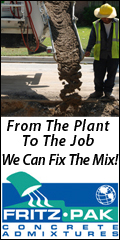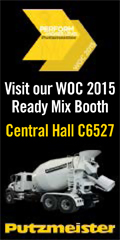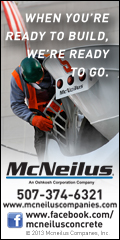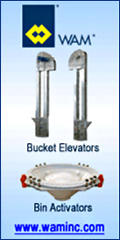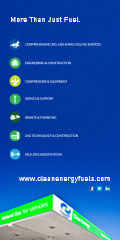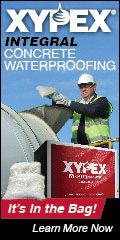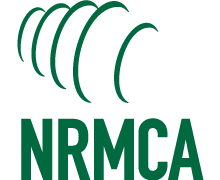
| Archive | nrmca.org | E-Store | Conferences & Events | Certifications | InFocus | Membership Directory |
PCA Examines Claimed Savings for Warm-Mix Asphalt U.S. Secretary of Transportation Anthony Foxx recently outlined his vision for tackling the infrastructure deficit through the adoption of best practices and the use of new technologies. As an example, he mentioned warm-mix asphalt (WMA) would "save us $3.6 billion by 2020," referring to the reduction of burner fuel used in asphalt production.
According to a recent Portland Cement Association report, for urban roads, concrete is less expensive than hot-mix and the most fuel saving warm-mix alternatives – on both initial and life-cycle costs – even while excluding the additional WMA costs. For an urban two-lane road in 2013, warm-mix asphalt paving costs were estimated at $852,238 per two-lane mile compared to $878,513 per two-lane mile for a hot-mix asphalt roadway – or a savings of roughly $26,000. Even with this improvement in asphalt paving process, a concrete road was cheaper – requiring only $769,269 per two-lane mile, or roughly $83,000 dollars cheaper than the lowest cost asphalt paving process. By 2020, these savings are expected to grow, with the warm-mix roadway saving roughly $32,000 per two-lane mile over hot-mix and the concrete roadway saving almost $186,000 over the strongest warm-mix case.
Warm-mix asphalt savings are inaccurate and do not take into account the additive costs associated with warm-mix technologies. Inclusion of the most conservative costs for chemical and organic additives drops the net savings to $2.7 billion. There are also durability concerns with WMA – excessive moisture in the mix can lead to a phenomenon called stripping, which causes structural failures in the pavement. Warm-mix production uses lower temperatures, increasing the risk for incomplete aggregate drying. Furthermore, the most utilized production method is water-based foaming. To counter this moisture susceptibility, anti-stripping agents may be required. Accounting for the most conservative anti-stripping agent costs, the overall savings fall ten-fold, to below $300 million.
Source: Portland Cement Association's Executive Report e-newsletter for April 21. |
|
|
